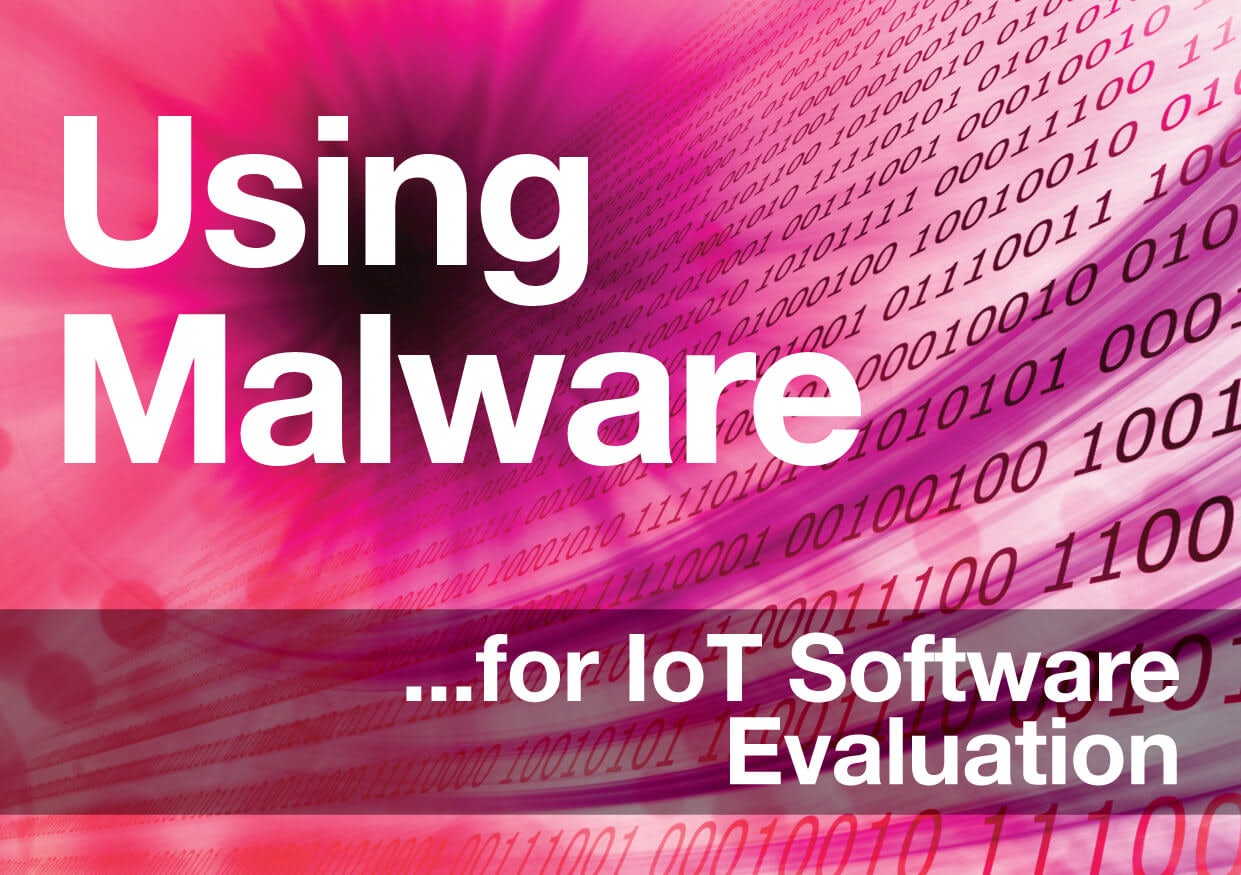Using Malware for IoT Software Evaluation
Every person working in or with technology most likely knows about the Mirai attacks of 2016 and the consequences they had on the security standards of any software based technology appliances.
Today’s equivalent of Mirai is a malware piece known as BrickerBot, which, like its predecessor, attacks and corrupts Linux based software devices– the only difference being that BrickerBot uses PDoS attacks instead of DDoS.
Whilst it does pose a severe threat to unprepared and weakly protected devices, including IoT devices, there is a chance to use the BrickerBot malware to the advantage of IoT security experts and developers. Only last week security researchers at McAfee carried out a honeypot experiment on a low-security IoT device, which ended up compromised within a minute.
Such malware is not only very harmful but inconvenient too, and prompts a wave of software reprogramming and behaviour retraining. But as it is unlikely that such malware will ever be completely extinct, the proprietors of IoT could instead find a way to use it to their advantage.
One way to do this is to use the malware attacks as a tester for security of new software dependent gadgets. An earlier trial version of the software would be released online, where its competency is tested against real threats from unrelated sources. Such a process would only let the most developed, safe devices through to the market. There aren’t many costs associated with such troubleshooting via malware and the end product adds more value to the producer. The only possible drawback is the increased exposure to competitors.
Dashboard places a high importance on digital security. We think the proposed troubleshooting practise is not only very realistic but would lead to a generation of IoT devices that are stronger, more secure, and more stable once in daily use. Adapting to modern threats and aspects of the industry is essential for the technology industry, and malware troubleshooting is one way to embrace it.
